How to Ace the Fusion 360 Certified User Examination
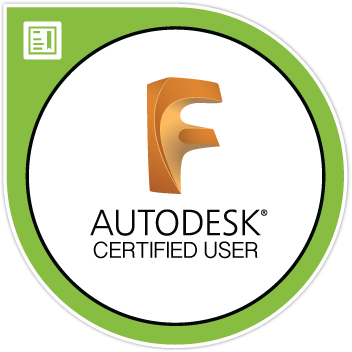
Fusion 360 is Autodesk’s flagship CAD/CAM software, widely used in product design, mechanical engineering, and manufacturing. Achieving the Fusion 360 Certified User credential validates your skills and opens doors in design and manufacturing careers. This guide provides a clear roadmap, step-by-step strategies, sample questions, visuals, and resources to help you succeed.
1. Understand the Exam Structure
The Fusion 360 Certified User Exam tests your understanding of:
Sketching & Modeling: 2D sketches, constraints, dimensions, extrusions, revolves.
Assembly: Creating components, joints, and motion studies.
Simulation & Analysis: Basic static stress analysis, understanding forces.
Manufacturing Basics: CAM setup, toolpaths, and CNC operations.
Documentation: Creating drawings, annotations, and technical details.
| Topic | Approx % of Exam |
|---|---|
| Sketching & Modeling | 35% |
| Assembly | 25% |
| Simulation | 15% |
| Manufacturing | 15% |
| Documentation | 10% |
Official Resources:
Fusion 360 Certified User Exam Guide (PDF) – exam objectives, question types, recommended skills.
Autodesk CAD Mechanical Design Associate Certification Prep – hands-on exercises covering all exam objectives.
2. Prepare Your Study Plan
Step 1: Know the Exam Objectives
Download the official Autodesk Fusion 360 Certified User guide and focus on each topic.
Step 2: Practice Hands-On
Fusion 360 is best learned by doing. Daily 1–2 hours should include:
Creating sketches with constraints and dimensions
Modeling parts with extrude, revolve, loft, and fillet
Assembling components with joints and motion studies
Running simulation tests
Preparing drawing sheets with dimensions and notes
Step 3: Use Training Resources
3. Master Key Fusion 360 Features
a) Sketching & Constraints
Focus on parametric design
Learn dimension types: linear, angular, diameter
Practice project/include geometry
Visual: Sketch of rectangle with a centered circle, labeled dimensions and constraints.
b) 3D Modeling
Understand feature order and timeline
Practice extrude, revolve, loft, sweep, fillet, chamfer
Master patterns and mirroring
Visual: Bracket model showing extrusion and fillets
c) Assembly
Learn rigid, revolute, slider, ball joints
Practice motion studies and exploded views
Visual: Two parts assembled with a revolute joint
d) Simulation Basics
Apply static loads and constraints
Check stress, displacement, and safety factors
Visual: Part under static stress with color-coded stress distribution
e) Manufacturing
Set up CAM operations: 2.5D milling, drilling
Define tools, toolpaths, stock setup
Simulate machining processes
Visual: CAM setup with toolpaths on a part
Practice Resources:
4. Take Practice Exams
Attempt 3–5 practice tests
Time yourself; exams are 60–90 minutes
Review mistakes carefully
Sample Question
Question:
You are creating a bracket in Fusion 360. The bracket has a 50mm diameter hole at the center. The distance from the bottom edge to the hole center is 30mm. Which steps correctly apply dimensions and constraints?Options:
A) Draw the circle, apply diameter, then apply vertical dimension from bottom edge to center.
B) Draw the circle, apply horizontal dimension, then use coincident constraint.
C) Draw the circle without constraints.
D) Draw the circle and extrude immediately.Answer: A – Properly constraining the sketch ensures parametric control and prevents errors during modifications.
Visual: 2D sketch with rectangle and centered circle showing applied dimensions.
5. Exam Day Strategy
Read all questions carefully – scenario-based exam
Plan your time – don’t get stuck on one question
Use shortcuts & workflow knowledge – modeling efficiency matters
Save and review work – double-check dimensions, joints, simulation setups
6. Post-Exam Tips
Showcase certificate on LinkedIn or portfolio
Review weak areas if exam is failed, and re-attempt
Continue practical projects for deeper skill
Additional Resources:
Quick Reference Checklist
Understand exam objectives
Practice sketches & constraints daily
Model 3D parts with parametric features
Assemble components and study joints
Perform basic simulation analysis
Set up CAM toolpaths for manufacturing
Take multiple practice exams
Revise mistakes and weak points
Mastering Fusion 360 requires consistent hands-on practice. By following this guide and leveraging the linked resources, you can confidently achieve your Fusion 360 Certified User credential.
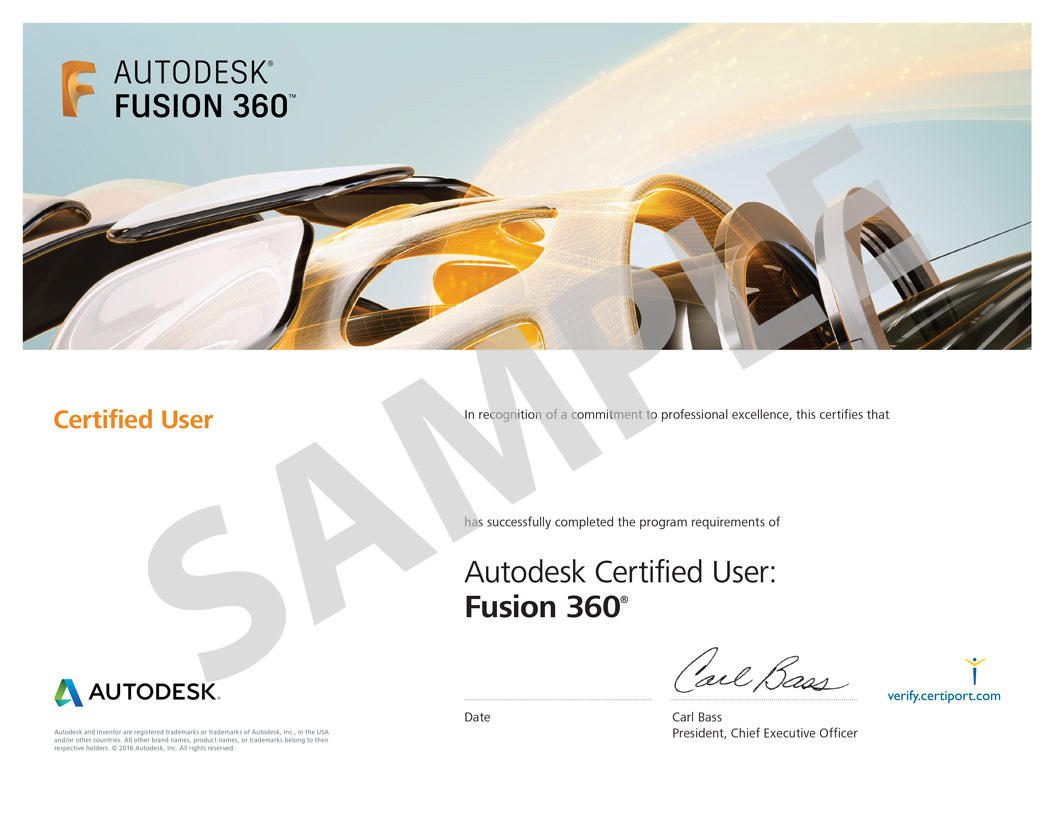
Keywords: Fusion 360


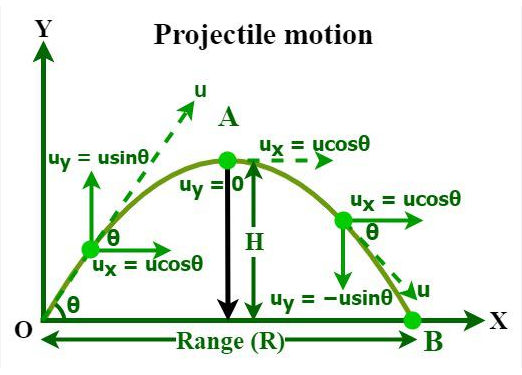

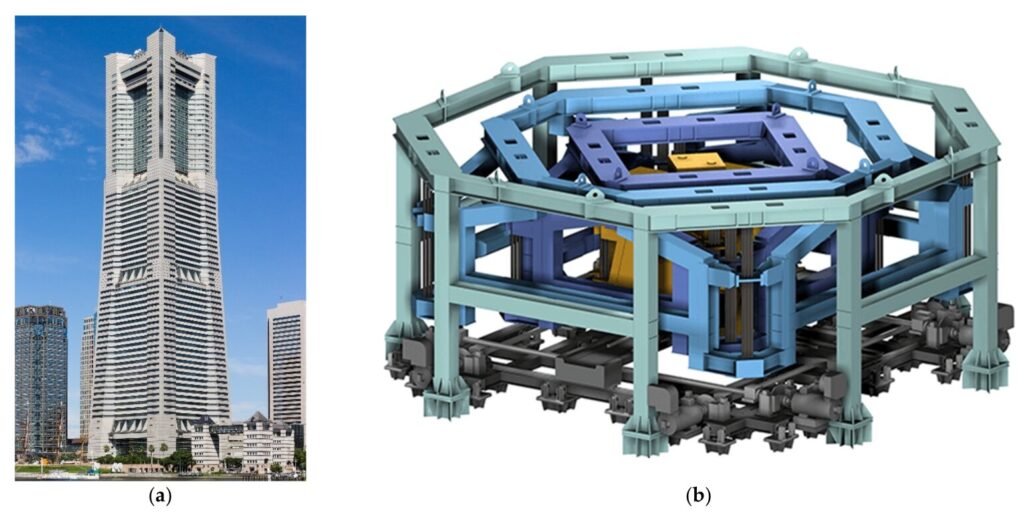
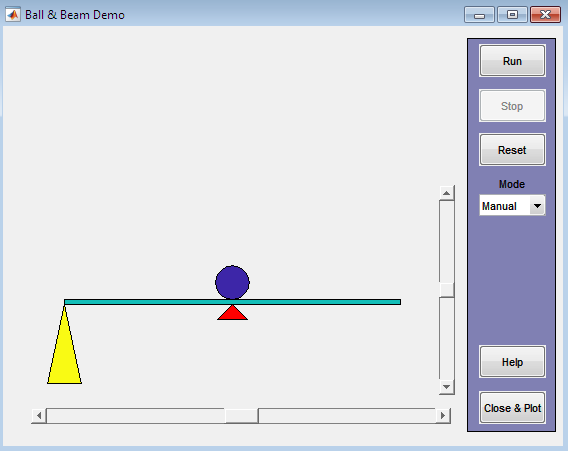
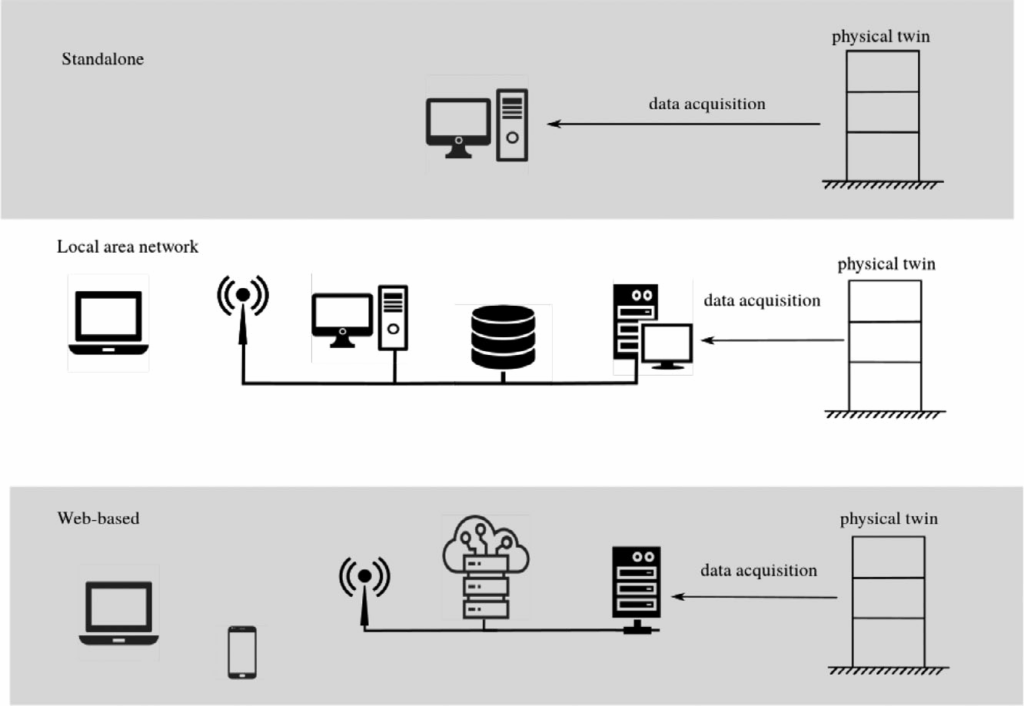


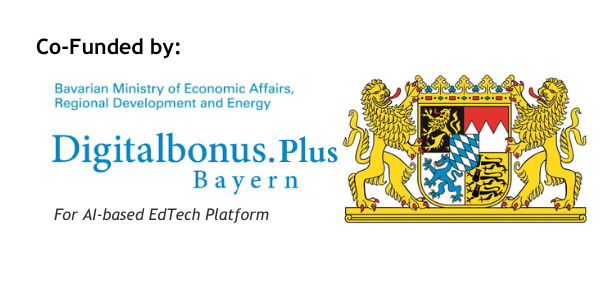



Responses